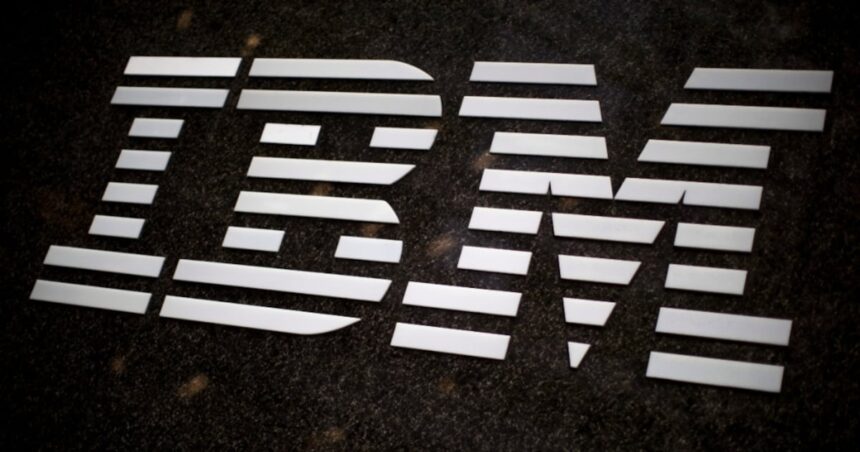The race to develop specialized artificial intelligence hardware just got more interesting as IBM stakes its claim in a market increasingly dominated by Nvidia and AMD. Yesterday, IBM unveiled its latest generation of AI accelerator chips and server systems designed to handle complex machine learning workloads while addressing one of the industry’s most pressing challenges: energy consumption.
“We’re facing a situation where the energy needs of AI are colliding with our sustainability goals,” explains Dr. Dario Gil, IBM’s Senior Vice President and Director of Research, during the New York launch event. “Our new processors are designed with this fundamental tension in mind.”
According to IBM’s technical documentation, the new chips—built on a 3-nanometer process developed in partnership with Samsung—reduce energy consumption by up to 43% compared to previous generations while increasing computational throughput for machine learning tasks. This represents a significant step forward in performance-per-watt metrics that have become increasingly important as data centers struggle with the massive power demands of AI workloads.
The announcement comes at a critical time. A recent report from the International Energy Agency suggests that data centers could consume up to 8% of global electricity by 2030, driven largely by AI applications. TD Cowen analyst James Covello notes this represents “a nearly three-fold increase from current levels” and presents both an environmental challenge and an opportunity for companies offering more efficient solutions.
What makes IBM’s approach particularly interesting is how they’ve designed their new systems for integration rather than just raw performance. Unlike competitors focused primarily on standalone accelerator cards, IBM has created what they call an “AI fabric” that connects their custom processors with conventional CPUs and networking components.
“The days of simply throwing more computing power at the problem are behind us,” says Arvind Krishna, IBM’s CEO. “The next frontier is intelligent integration across the entire system stack.”
This approach appears targeted at enterprise customers rather than the hyperscale cloud providers that have been Nvidia’s bread and butter. IBM claims their integrated approach reduces the expertise needed to deploy AI systems—a significant advantage for mid-sized businesses lacking specialized machine learning engineers.
Financial analysts seem cautiously optimistic about IBM’s prospects in this competitive landscape. “While Nvidia maintains a commanding lead in pure performance, IBM has identified a viable niche with their focus on efficiency and integration,” says Marie Nguyen, senior technology analyst at Royal Bank of Canada. “This positions them well with enterprises concerned about both operating costs and environmental impact.”
The chips will power IBM’s new z16 AI servers, expected to ship by September with pricing that reflects their premium positioning. Early access customers including TD Bank and Maersk have reported promising results during testing, particularly for applications in fraud detection and supply chain optimization where efficiency at scale matters more than raw performance.
Some skepticism remains about whether IBM can gain significant market share against entrenched competitors. “The challenge for IBM isn’t technology—it’s ecosystem,” explains Vinod Sharma, venture partner at Lightspeed Ventures. “Nvidia has invested years building developer tools and software libraries that make their hardware the default choice.”
IBM seems aware of this challenge. The company announced partnerships with several leading AI software platforms to ensure compatibility with popular frameworks like PyTorch and TensorFlow. They’ve also established a $200 million developer fund to encourage adoption of their hardware architecture.
The timing of this announcement is particularly interesting given the upcoming US elections and increasing concerns about semiconductor supply chains. IBM emphasized that their partnership with Samsung involves production facilities in both South Korea and Texas, potentially insulating them from geopolitical disruptions that have affected other chip manufacturers.
What’s clear is that the AI chip market is no longer a one-company show. While Nvidia maintains its leadership position with approximately 80% market share according to recent IDC data, both established players and startups are finding viable strategies to compete in specific segments.
For businesses planning AI deployments, this diversification is welcome news. Competition typically drives both innovation and price normalization in hardware markets. The emergence of energy efficiency as a key differentiator also suggests the industry is maturing beyond its initial focus on raw performance metrics.
IBM’s stock rose 3.2% following the announcement, suggesting investors see potential in this strategic direction. However, the real test will come when these systems reach customers later this year. In a market where software compatibility and developer mindshare often matter more than hardware specifications, IBM’s ability to build an ecosystem around their technology may ultimately determine its success.
As enterprises continue balancing their AI ambitions with practical concerns about cost, expertise, and sustainability, IBM’s integrated approach could represent an important alternative in a market that increasingly demands more than just computational power.






